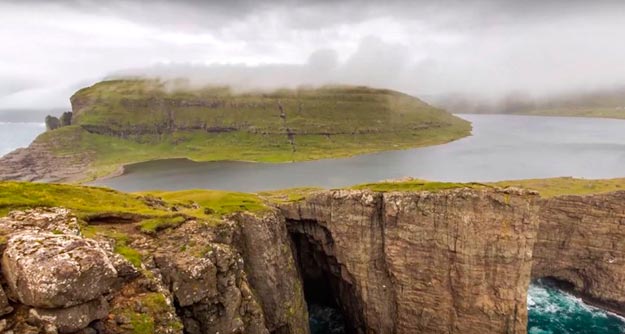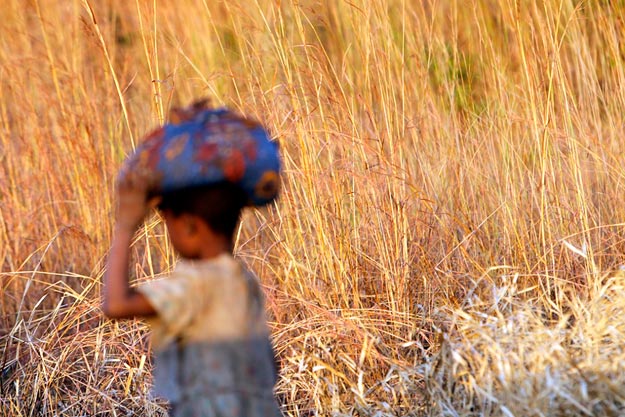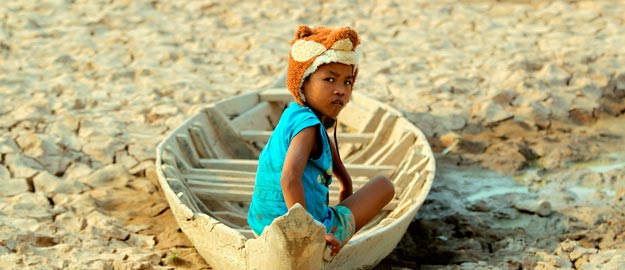Although it is difficult today to divert attention from the dramatic situation we live in, it is even more important to get closer to our primary needs. Recently, we celebrated World Water Day, and the timing couldn’t have been more appropriate to give to all of us the chance to rethink priorities and draw some lessons.
Without water, our lifespan would be 14 days. Our entire existence is closely dependent on one single, exhaustible resource. In a moment where we all feel vulnerable, and surprisingly dependent on more external systems than we imagined, life is reminding us of what makes us human, and where we should probably focus our attention. Read more






